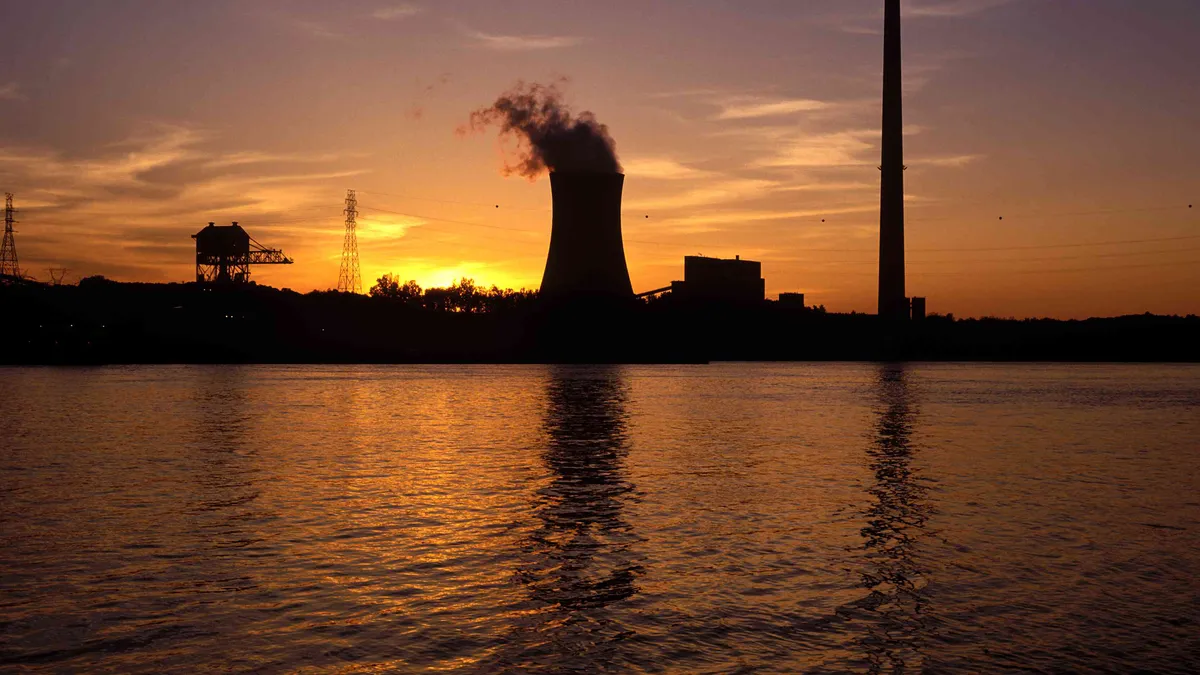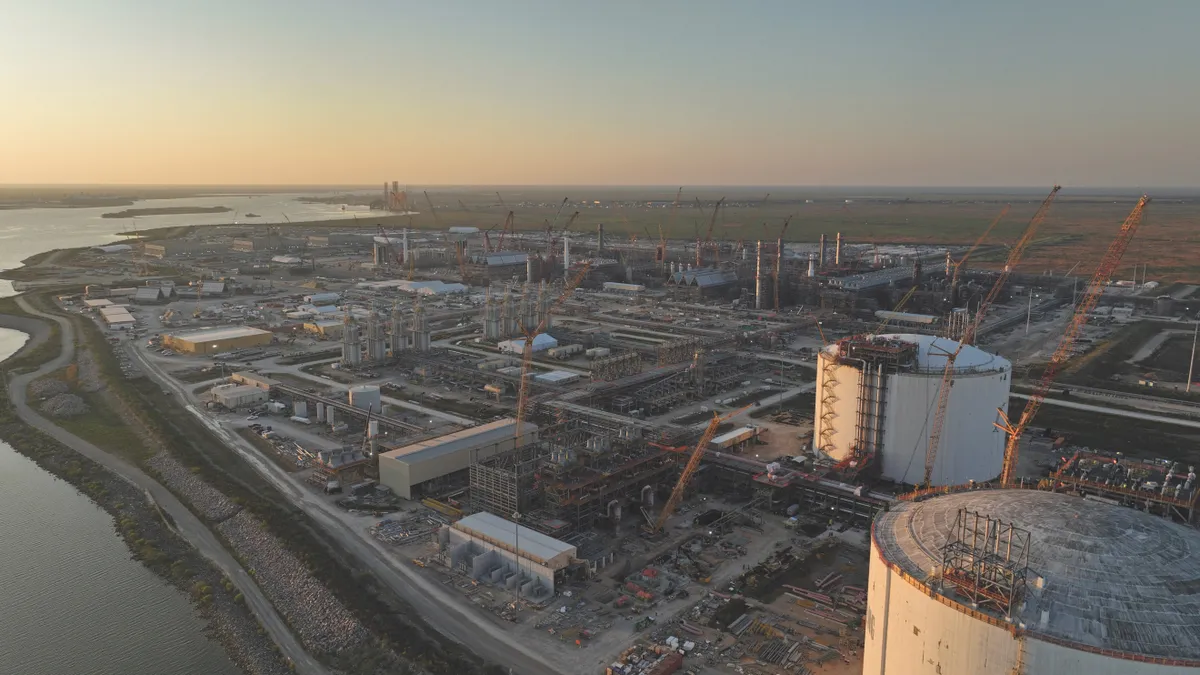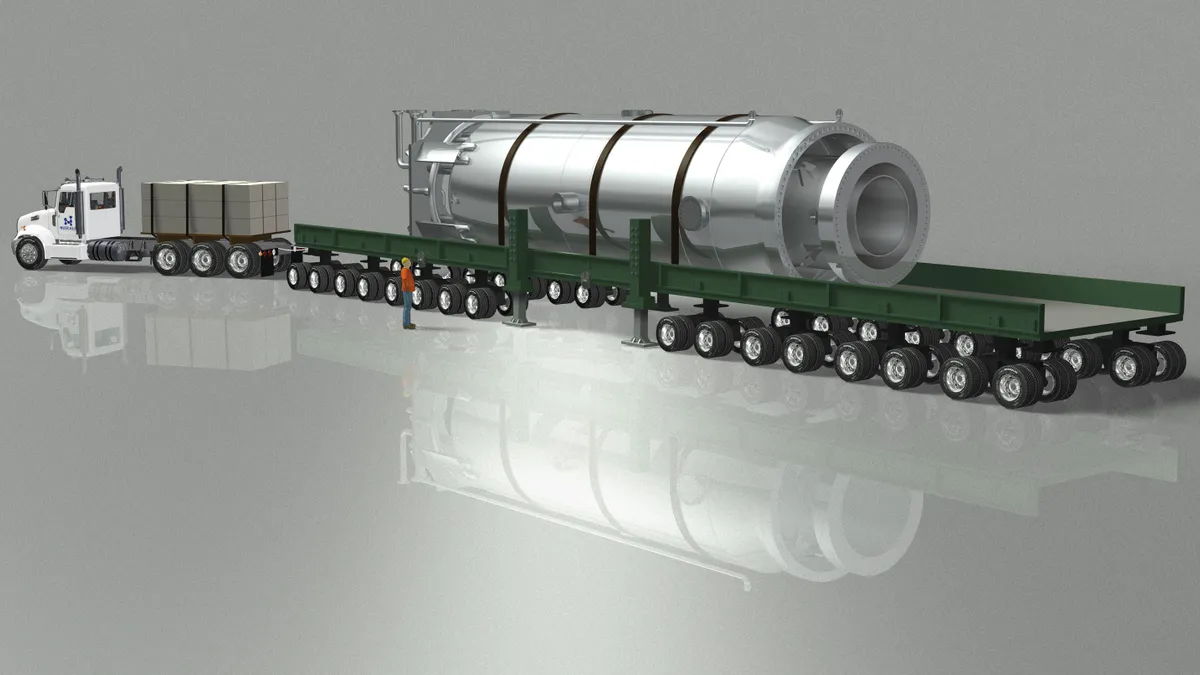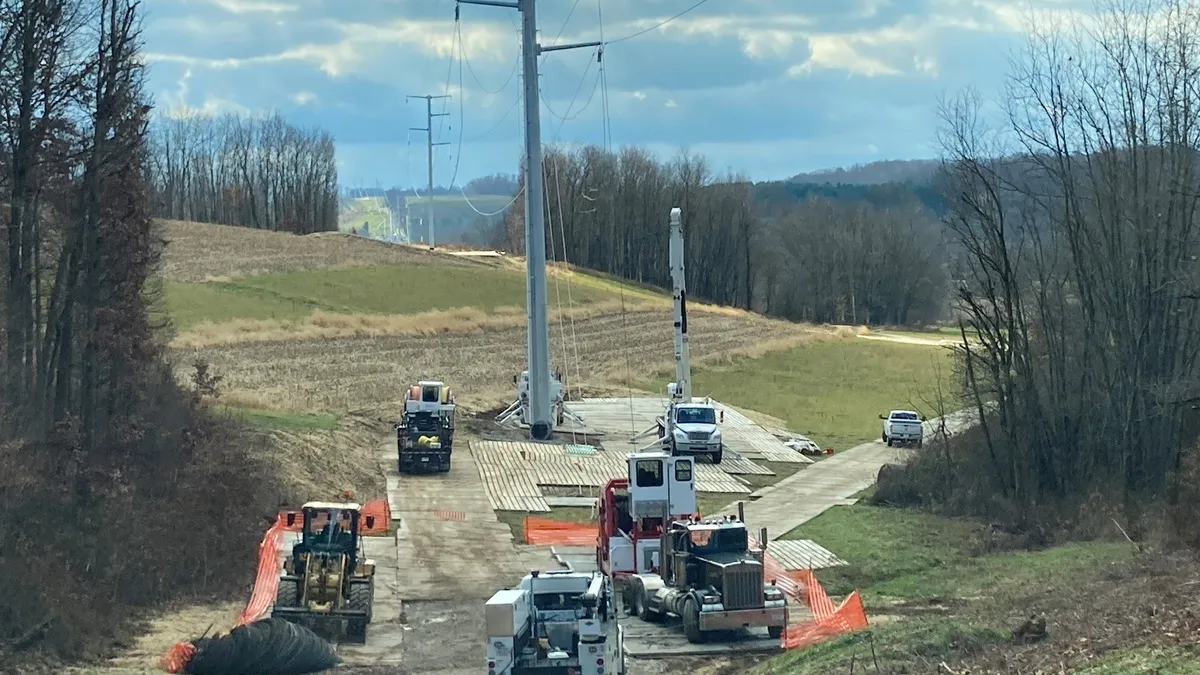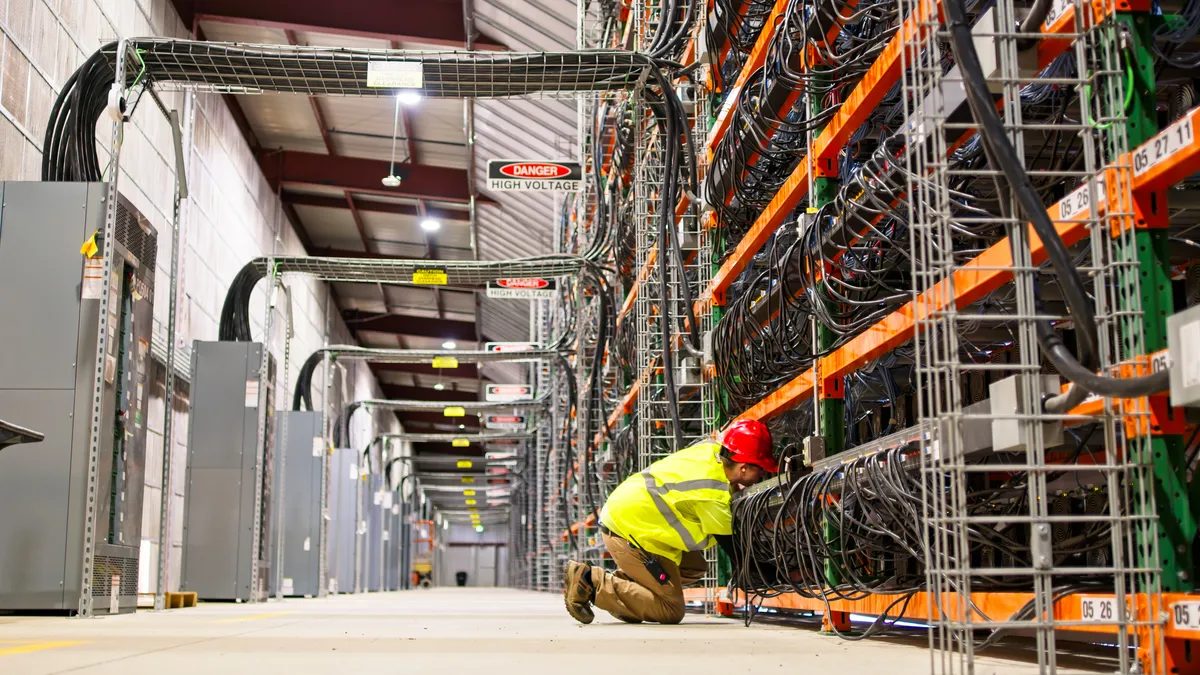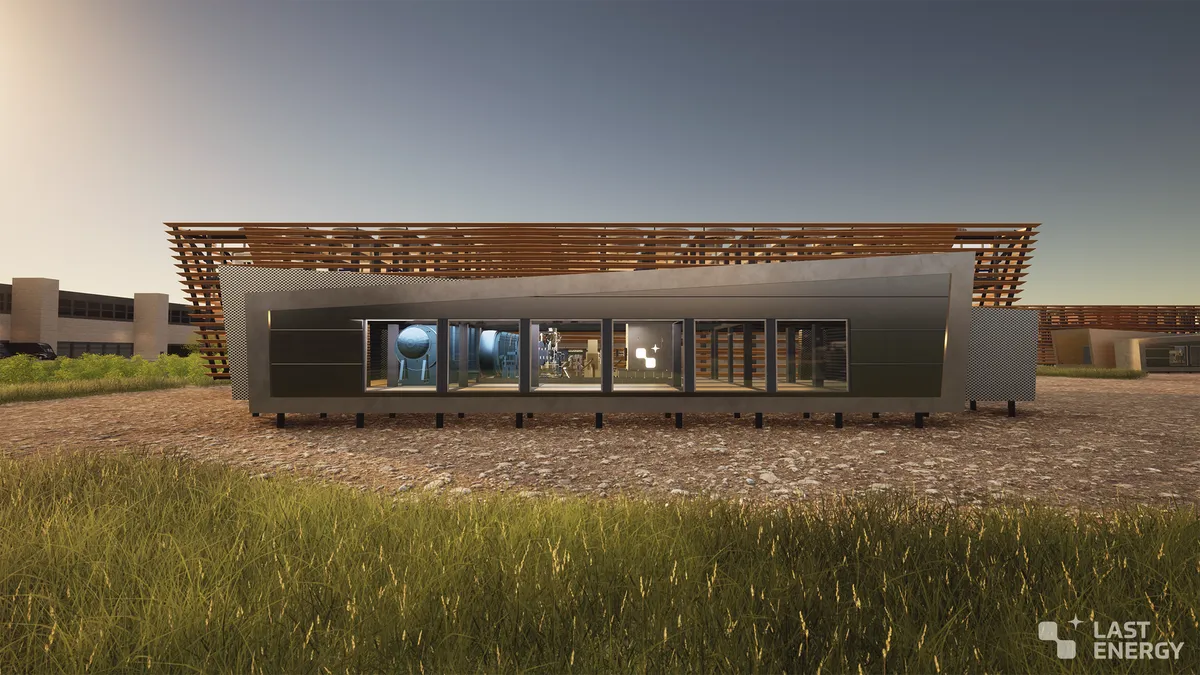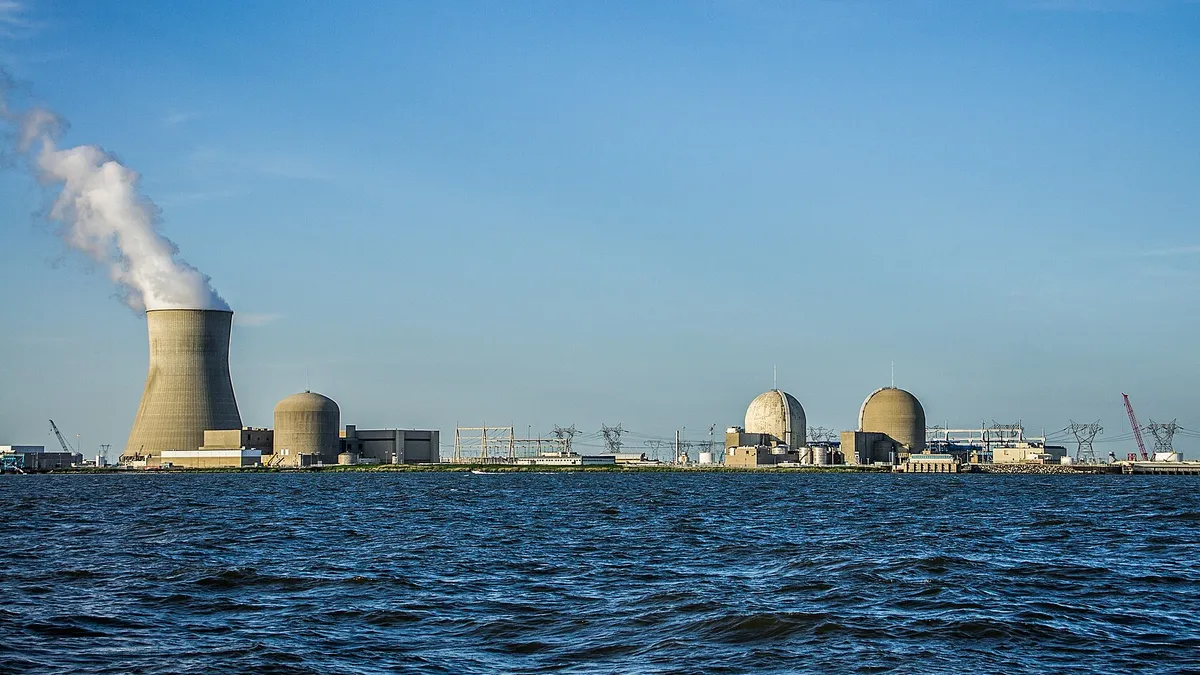The Clean Power Plan, finalized this August by the Obama administration’s Environmental Protection Agency (EPA), puts the nation on a path to reduce carbon emissions from the power sector 32% nationwide by 2030. But in the aftermath of the Paris climate talks, utilities are recognizing they will likely need to go further to reduce carbon emissions in the coming decades.
The Paris agreement, signed by more than 190 countries last week, commits the signees to efforts to keep global temperature increases well below 2 degrees Celsius and to attempt to limit warming to 1.5 degrees.
While specific carbon goals for nations were not promulgated in the agreement, the 2 degree goal will require stronger action than is planned under the Clean Power Plan or any other current pollution-cutting policy. All told, analysts estimated after the climate talks concluded that international commitments to limit greenhouse gas emissions only amounted to about half of what is necessary to limit warming to the desired level, and much less than what’s needed to keep it at 1.5 degrees or below. MIT estimates that under current commitments, the globe will warm between 3.1 and 5.2 degrees Celsius by 2100.
For the U.S. electricity sector, these realities mean that while the Clean Power Plan is the first federal action to limit carbon emissions from the power sector, it will likely not be the last. More aggressive states and municipalities will likely push for faster, deeper decarbonization to move themselves in line with the goals outlined in Paris. The world’s nations are obligated by the agreement to return to the table every five years, meaning an even stronger international agreement could be coming soon.
The push for deeper decarbonization has caught the attention of the Edison Electric Institute (EEI), the national trade group for investor-owned utilities, along with many of its members. Utilities are beginning to look beyond the current regulatory regime, assessing how their investment decisions today will impact their ability to decarbonize in the future.
“I think that what we’re trying to do here is look beyond the Clean Power Plan,” Brian Wolff, vice president for policy and external affairs at EEI, told Utility Dive. “We have to look at a longer range than 2030 because when you’re talking about what you build … you have to be able to plan way out in the future.”
"What that looks like," he said, "is you have to be able to create a larger decarbonization strategy within your footprint, and that’s what we see companies leaning toward."
But while EEI and its members look ahead towards the possibility of deeper carbon cuts, big questions remain over the role of natural gas in the transition, and whether the sector is reducing greenhouse gas emissions fast enough to meet the goals laid out in Paris.
Investments today matter tomorrow
Before the Paris climate talks kicked off, Rachel Cleetus, lead economist at the Union of Concerned Scientists, had a message for utilities: Pay attention to the long-term decarbonization goals because they will shape your investments today.
The idea is that even if an investment, like a gas plant or a pipeline, looks good in today’s regulatory environment, utilities need to think about where policy and regulation will likely move in the future. Because power sector assets generally last for decades, the decisions that utilities make today will shape their abilities to decarbonize years down the line.
EEI’s Wolff said that not only is his organization thinking about the Paris deal now, it was talking to its members about planning for a lower-carbon future long before the world’s leaders convened in Paris.
“I’ve told people, 'Don’t look at 2030. Start looking at where you're going to be in 2050 and beyond,'” he said. “That’s exactly what they’re trying to plan for now – when the Clean Power Plan comes into compliance period, what’s the evolution of moving toward 2050 and beyond?”
Melissa Lavinson, vice president of federal affairs at Pacific Gas and Electric, concurred.
“The investment decisions that we make in the next two to seven years are really going to determine what kind of reductions we can make 30-40 years from now,” she told Utility Dive. “These are long-life assets so we need to be thinking not just what makes sense over a 10-year horizon, but a 20, 30 or 40-year horizon.”
PG&E was the largest U.S. electric utility to sign on to President Obama’s American Business Act on Climate Pledge, committing to reach 60% carbon-free energy and invest $3 billion on grid modernization annually through 2020, but it is not the only one thinking about deeper emission cuts.
Duke Energy, the largest utility in the nation historically known for its coal generation, has also taken steps in recent years to increase renewable energy and pursue decarbonization.
“We’ve reduced our emissions already from our generation fleet by 22% since 2005,” Diane Denton, director of energy and environmental policy at Duke Energy, told Utility Dive. “But we’re not going to rest on our laurels. There’s still more to do and we continue to stay focused on what that looks like going forward.”
“Long before the Clean Power Plan, we’ve been anticipating and planning for a restriction on carbon emissions,” she added.
Not every utility was willing to talk about their decarbonization plans. Southern Company, a traditionally coal and gas-reliant utility that's heavily invested in nuclear and "clean" coal and is one of the few U.S. utilities filing suit against the Clean Power Plan, declined a request for an interview from Utility Dive.
“Southern Company did not send any representatives to the [Paris climate] conference,” spokesperson Jeannice Hall wrote to Utility Dive. “We are focused on developing solutions to the world’s energy challenges.”
The differing approaches to decarbonization highlight the diversity in the U.S. utility industry, both in terms of regional differences and generation mix.
“In any industry as big as ours is,” EEI’s Wolff said, “you have the fast movers and the slower movers that might have regional interest.”
But taken all together, the planning the utility sector is doing to reduce emissions under the Clean Power Plan, along with expected retirements of coal-fired generation, could put the industry on a path to cut carbon emissions in half by midcentury.
“We’re going to be headed in the right direction as you get toward 2050,” he said, “and there you’re talking about an area where people are imagining we could reduce our carbon by half by that time period.”
The natural gas conundrum
As utilities move toward cutting emissions beyond the Clean Power Plan, one big question looms: the role of natural gas. Utilities across the nation are aggressively building out gas infrastructure to help replace retiring coal plants so they can meet emissions standards under the Clean Power Plan. But in a future where dramatically less carbon pollution is the goal, Wolff said that EEI recognizes that investments in natural gas could limit utilities’ ability to meet long-term carbon goals.
While combined cycle gas plants emit roughly 60% of the carbon emissions of modern coal plants, that level of carbon pollution may not be acceptable to regulators or the public in the future.
“You might not be able to get to your goal if you’re, for instance, building a combined cycle gas facility,” Wolff said.
The possibility of moving beyond gas is a difficult message for utilities that are currently spending billions of dollars to retire coal plants and replace them with cleaner gas plants. Duke Energy is one of those utilities. While Duke is investing in renewables and energy storage, Denton said natural gas will remain an important part of Duke’s portfolio in the near to mid-term.
“We’ve retired over half of our coal units already in the Carolinas and the Midwest and we’ve currently invested about $9 billion to replace those facilities with state of the art generating plants,” she said. “Much of that is some natural gas, but we’ve also invested $4 billion in wind and solar since 2007 and we’re going to continue to invest there.”
Duke and PG&E have both committed to voluntary targets to reduce carbon pollution more than state and federal regulations demand, but neither utility indicated they would be able to move past natural gas to a grid free of fossil fuels in the near future.
Part of the issue, PG&E's Lavinson said, is the sheer scale and scope of the transition needed. While the Paris accord recognized that the climate situation demands fast and deep decarbonization, many utilities across the nation are still focused on retiring coal plants and are not yet thinking beyond fossil fuels.
“You’ve got to start where you are,” she said. “It’s all about bending the curve and that’s part of what the Clean Power Plan tried to do is start where the state is and look at the potential within the state.”
UCS's Cleetus said that while she is heartened that the utility sector appears to be taking decarbonization – especially the shift away from coal – seriously, it will soon have to reckon with how to move beyond fossil fuels completely.
“The reality is if you look at any of these deep decarbonization scenarios, gas has an important role to play in that transition, but ultimately we really have to be moving to a primarily carbon-free electricity system,” she said. “There is no way that 50 years from now our primary source of energy is going to come primarily from a fossil-based source. That is just not compatible with a habitable world.”
Wolff said the reality is that in many parts of the country utilities can get a lot of bang for their buck simply by switching from coal to gas.
“It may be coal country like Wyoming or Kentucky or West Virginia,” he said. “There may be resource issues that come into play and the fact of the matter is that … in the interim natural gas is really cheap.”
Duke Energy has an absolute goal to reduce carbon emissions as well as one to reduce the carbon intensity of its generation fleet, Denton said. Natural gas has helped them “dramatically reduce” that critical measure of climate change contributions, along with renewables like wind and solar. But neither she nor PG&E’s Lavinson could put a timeframe on when their utilities would shift away from gas.
“I don’t have a crystal ball,” Denton said, “but what I can say is we’re certainly focused and planning for a lower carbon future.”
Technology for a fossil-free grid
The challenge for utilities in thinking about the possibility of a post-natural gas era is that the resource is currently essential for grid operations. Unlike coal or nuclear facilities, natural gas plants have the ability to ramp their generation up and down quickly, allowing them to compensate for the intermittency of renewable resources and provide power when renewables aren’t generating.
Energy storage – whether in the form of a battery or another technology – holds promise as a replacement technology. Though it is still largely more expensive than natural gas facilities, the ability to store renewable generation during its peak generating hours and save it for when consumers need it most may provide utilities a path away from using fossil fuels to balance the grid.
For EEI, energy storage will play a key role in transitioning utilities away from such resources.
“Right now, you’re going to be building a lot of renewables at utilities,” Wolff said. “You're still going to have, in the short term, those [natural gas] peakers as backup until storage as a technology comes to the scale that we need it to come to.”
"That [storage] technology is not where it needs to be, so you still need peakers to turn on major facilities and run operations," he added, "so it cant be 100% renewable."
At present, Wolff said, storage is at “substation scale,” and utilities are “weaving it into our substations to manage load.”
But once storage technologies are better able to handle longer discharge times at a cost that's competitive with natural gas, power companies could use it to store enough power to diminish the need for fossil plants.
“The peak [demand] of the day is when you and I get home,” Wolff said. “Well, that’s not when [renewables] are generating power, and that’s what we’ve got to think about for the future … I think that’s going to be the evolution of it.”
While some storage technologies – notably lithium-ion batteries and pumped hydro – can compete on cost with natural gas plants in a few functions, storage providers typically have to use their batteries for multiple grid functions to make the economics pencil out.
That will likely change in coming years, however, as economies of scale and technology improvements drive the cost of storage down and enable longer discharge durations. Tesla CTO JB Straubel said at a conference this year that his company would be disappointed if battery prices weren’t in the range of $100/kWh by the end of the decade, a level at which their value proposition to utilities would be very attractive.
But even if battery prices aren’t yet competitive with gas plants for most grid functions, Cleetus said there’s no reason to delay the clean energy transition.
“It’s important to recognize that we don’t need to have everything immediately apparent today,” she said. "There’s a lot we can do. Storage starts to become a missing piece when you go up to 50 or 60 % renewables. We’re nowhere near that in most parts of this country. There’s a long way to go with our current technologies and we shouldn’t be limited by our abilities to see 20 years out in terms of tech development.”
Energy storage will be crucial to that vision of a cleaner power sector, PG&E’s Lavinson said, but just as important is modernizing the grid so that batteries and other distributed resources like rooftop solar can integrate onto it seamlessly.
“At the foundation, if you really want to accelerate and advance the transition in the power sector, to have a grid that can … integrate these technologies in a seamless way is critical,” she said. "That’s why one of the big pieces of our [climate] pledge was the planned $3 billion investment in our grid to make it more automated, make it capable of two-way power flows, and make it a more resilient grid too.”
A more dynamic and accessible grid can help make the utility sector a foundation for the decarbonization of the wider economy, Lavinson added. PG&E and the other California IOUs are currently seeking regulatory approval for plans to build out electric vehicle charging infrastructure on their grids, allowing them to help cut carbon from the transportation sector.
“Obviously the power sector alone can’t achieve all these [climate] goals, but we can be the underpinning of a lot of it,” she said.
Ambition gap remains
While Cleetus was encouraged that figures like Wolff are talking about the possibility of halving emissions by midcentury, she acknowledged even that likely won’t be enough to meet the goals laid out in Paris.
“It’s good to hear folks recognizing that it’s possible, that it’s part of good business planning to be oriented that way, but the reality is what we heard in Paris was an even stronger call for even deeper emissions reductions,” she said.
In addition to the goal of keeping temperature rises “well below 2 degrees Celsius,” and pursue efforts to limit it to 1.5 degrees, Cleetus noted that nations also commited to “reach global peaking of greenhouse gas emissions as soon as possible to achieve net zero [energy consumption].”
“This is about reaching a net zero global energy economy in the latter half of the century and, given our position in the U.S. to build the capacity and the leadership, that’s our responsibility,” she said. “This is what [over 190 countries] agreed to in Paris. This is where any smart business is going to orient their business plan. To do otherwise is basically not recognizing a fundamental reality about what happened in Paris.”
Cleetus said the Paris talks should be a watershed moment for the energy sector worldwide – the point where investors and companies realize it’s not only in the planet’s interest to decarbonize, but in their business interests as well.
“My sense is that there’s going to be a little period here of adjustment as we come out of Paris, a recognition of what happened and what it means for business models, but I think the smarter businesses are going to show themselves to be agile and move forward and there will be that first mover advantage,” she said.
“If you become part of the solution — if you move early toward a cleaner energy mix — that’s going to put you in a more profitable and more responsible business frame.”


